“As artists we experience colours with a knife or brush. As colormakers, our relationship with colour is different and more intimate.”
For over 40 years now, the team at Gamblin Artists Colours have continually refined this process by listening and responding to each pigment’s potential, personality and needs. We can count on them to put their heads, hearts, hands and everything they've learned into everything they do.
The process for developing each colour to its maximum is unique to the pigment. Some colours need a bit more heat, some need to soak, some need to be ground more finely, and some just need more time. Read on to hear from Gamblin Colormakers Matt, Chris, Phillip, and Mike as they give their insights on turning pigments into luscious oil paints.

What colour is the most complicated?
Matt:
All three Transparent Earth Colors (Red, Orange and Yellow) due to how they need multiple passes through the mill. All three tend to be messier and more temperamental when it comes to getting the texture right.

Phillip:
We have only a few colours with more than two pigments, but Naples Yellow by far is the most complicated. The Yellow Ochre pigment used in the formula can vary as a raw earth material from batch to batch, meaning it behaves differently at times which causes pigment adjustments in the mix phase.

Mike:
Both Naples Yellow and Naples Orange. Too many variables that can throw the mixture off, and they both are colours that need to be muted, not too bright.

What is the most interesting (or your favourite) colour at the Gamblin mill?
Matt:
Emerald Green Artist Grade. In general I love all our green colours but Emerald Green is a rare one that we don’t make as often. It’s a novel colour for me that is enjoyable to look at and smells like cucumbers. (Side note: Phil agreed that Emerald Green also smells amazing and described the smell as “artificial watermelon”)

Phillip: I love the process of watching colors develop in the mix, so Chromatic Black and Phthalo Turquoise (shown) are the most interesting to me. They both start with two very different pigments and turn into something magical.

Mike: I think Sap Green is the most fun to make. It has a warmth that’s unlike our other greens, the transparency is stunning and it’s unique thixotropic quality is interestingly beautiful.
(Thixotropy is a time-dependent shear thinning property. Certain gels or fluids that are thick or viscous under static conditions will flow over time when shaken, agitated, shear-stressed, or otherwise stressed. They then take a fixed time to return to a more viscous state. - Wikipedia)

From the tube, Cadmium Yellow Light and Hansa Yellow Light look similar. As a Gamblin Colourmaker, what differences between these two colours stand out the most?


Chris: The weight of the cadmium pigment is the biggest difference because that changes how it handles on a knife, and how it passes through the mill. Cadmium is heavy meanwhile Hansa is lightweight.
Phillip: Hansa Yellow Light is brighter and has a more luminous quality - or, it has more “oomph.”

How many colours do you make daily?
Matt: I mill 7-9 colours on an average day. But on days when we just make whites we make 3—4 because the batches are larger.
Chris: I usually make 3-4 different ink colours in a day. (Chris also specializes in the Portland Greys in oil colour)
Phillip: Depending on the batch size, I mix anywhere from 6-10 different colours a day.
What do you like most about being a Gamblin Colormaker?
Mike: I love colour. I was a painter before working for Gamblin, but this job helped me understand colour theory and build my confidence with how I control colour.
(Fun fact! Mike is a third-generation painter and he also paints with his kids!)
Explore Gamblin Artist Colors' Paints, Mediums and Tools
Thanks to our friends at Gamblin Artists Colors for sharing this great article and their insights from their colourmakers!

